New York's Metropolitan Museum of Art's first ever showcase in the city features items that have never before left the US, Zhang Kun reports.
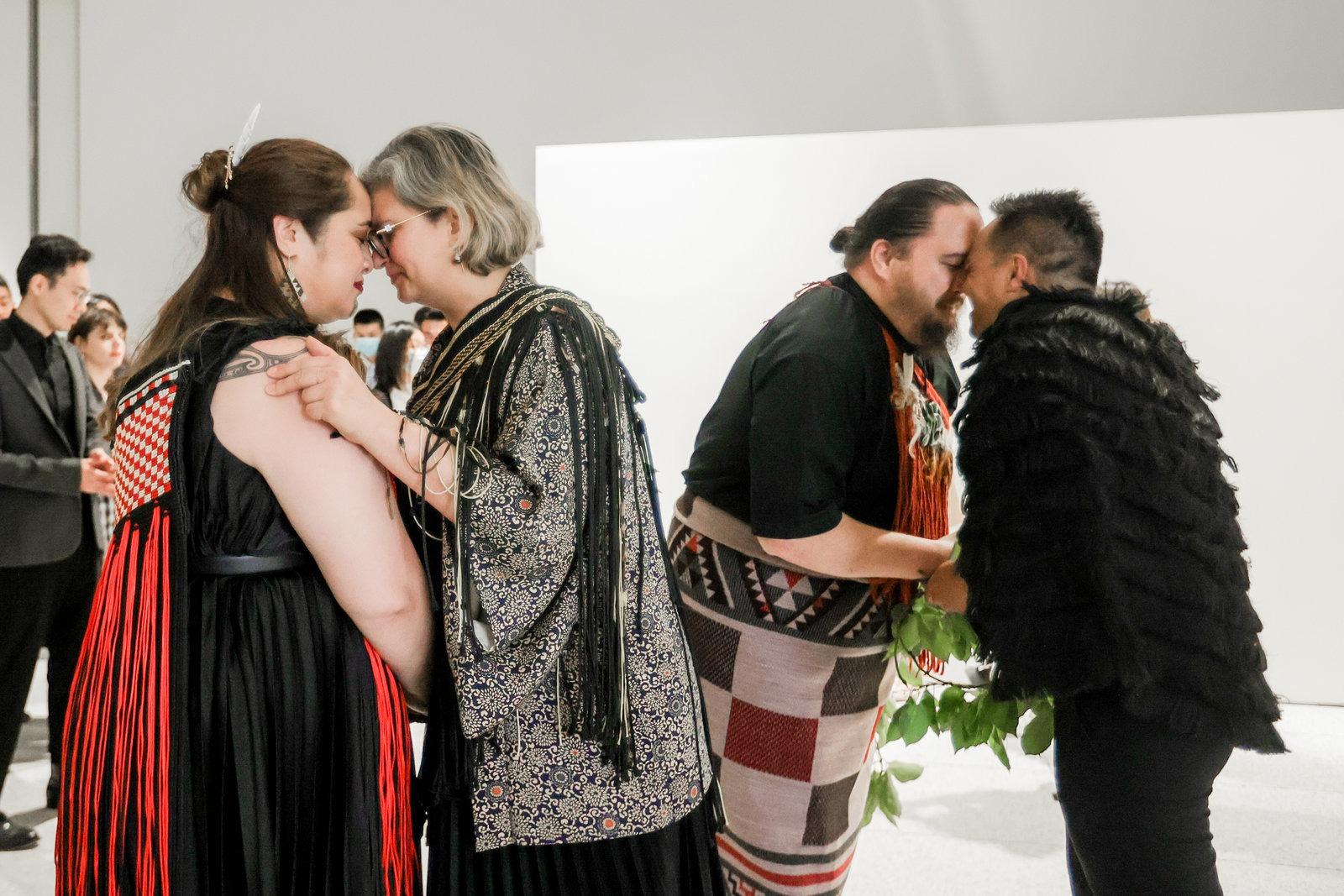 Maori artists (first, second and fourth from right) perform and bless the exhibition at its opening ceremony on May 31. (PHOTO PROVIDED TO CHINA DAILY)
Maori artists (first, second and fourth from right) perform and bless the exhibition at its opening ceremony on May 31. (PHOTO PROVIDED TO CHINA DAILY)
The exhibition, The Shape of Time: Art and Ancestors of Oceania from the Metropolitan Museum of Art, opened at the Museum of Art Pudong on June 1 and will run until Aug 20.
This is the first time the Metropolitan Museum of Art in New York is holding an exhibition in Shanghai. The showcase by the museum, colloquially known as "the Met", features about 110 artworks over the past four centuries.
The exhibition is produced by Lujiazui (Group) Co Ltd and co-organized by the Met and the Museum of Art Pudong.
Max Hollein, director of the Met, describes the exhibition as "a unique, once-in-a-lifetime opportunity", because the artworks on show usually cannot leave the United States.
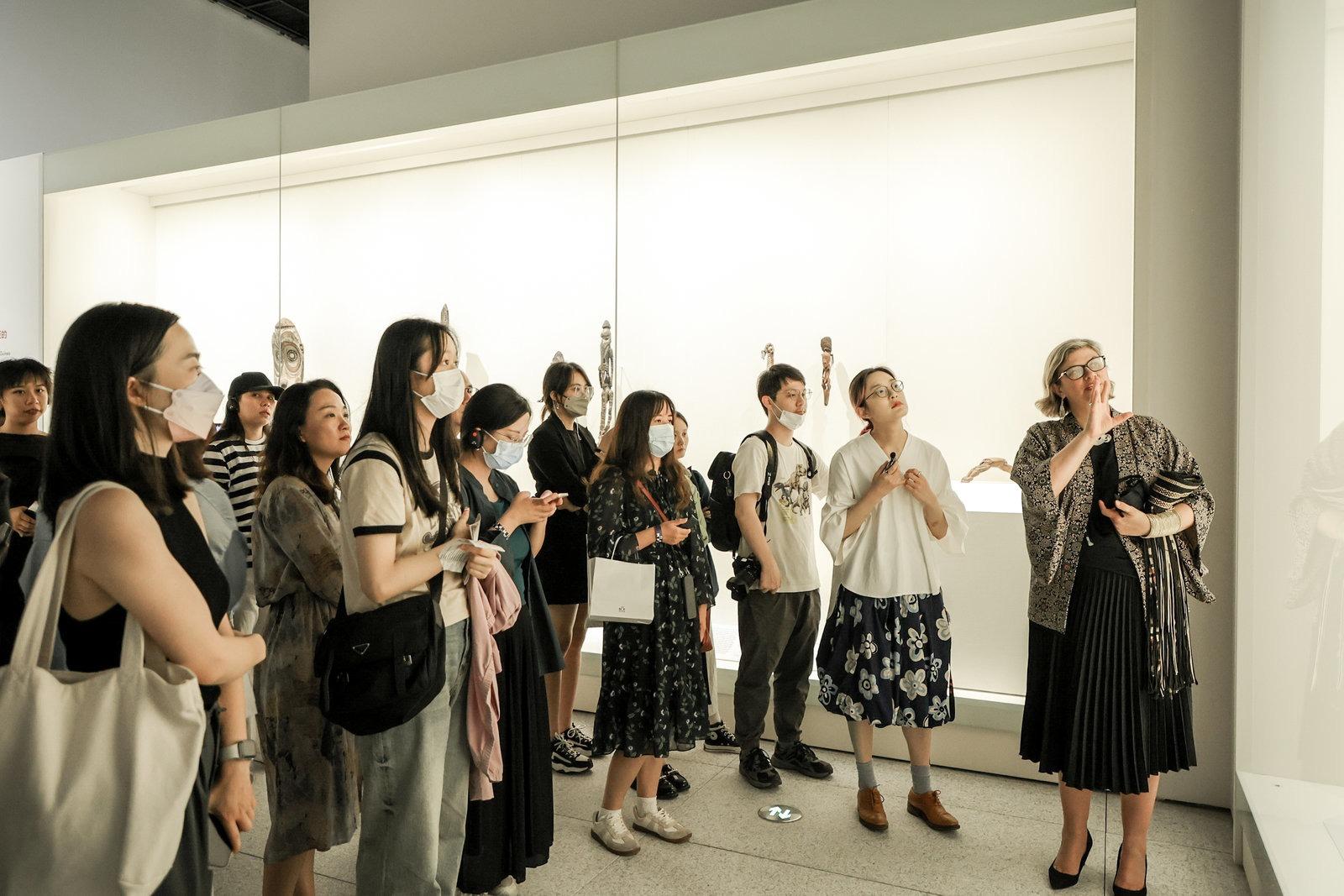 Maia Nuku (right), curator of Oceanic Art at the Met, gives a tour of the exhibition on the opening day. (PHOTO PROVIDED TO CHINA DAILY)
Maia Nuku (right), curator of Oceanic Art at the Met, gives a tour of the exhibition on the opening day. (PHOTO PROVIDED TO CHINA DAILY)
According to Hollein, the Met's department of the Arts of Africa, Oceania and the Americas was established in 1969, when Nelson Rockefeller gave the museum more than 3,000 works of art, a specialized library and the Visual Resource Archive. The artworks were collected by his son, Michael C. Rockefeller, who disappeared in New Guinea's Asmat tribal region after his catamaran overturned, at the age of 23, in 1961. In 1982, the Michael C. Rockefeller Wing at the Met was opened to the public.
"The objects on show in Shanghai have been there ever since, and have been one of the most popular and engaging areas of our collection," Hollein explains. "It's only because we are currently renovating this particular part of our museum that these objects can travel for the very first time."
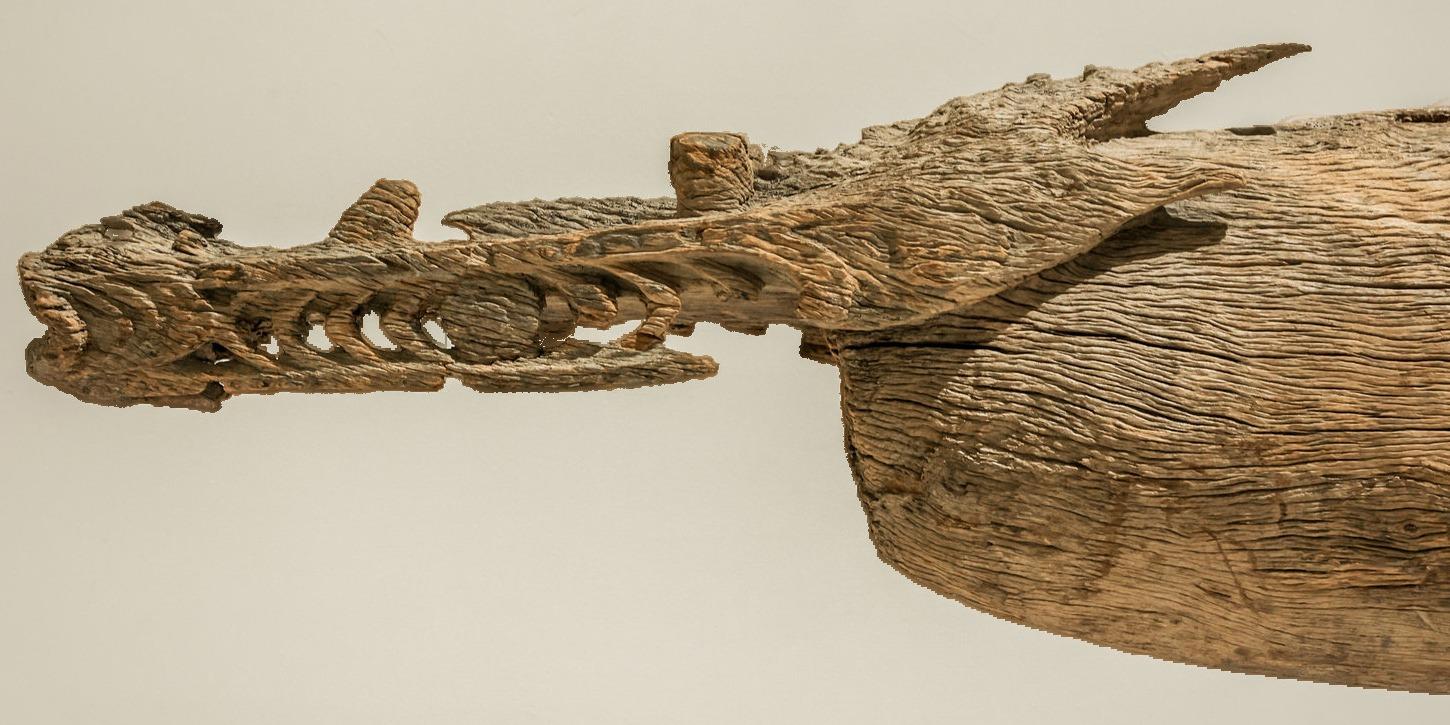 Sacred Slit Gong, wood, Papua New Guinea, 19th century. (PHOTO PROVIDED TO CHINA DAILY)
Sacred Slit Gong, wood, Papua New Guinea, 19th century. (PHOTO PROVIDED TO CHINA DAILY)
Shanghai, being an "enormously energizing, booming and powerful city with different connections", was deemed as a great location for the Met to share its collection with international audiences, Hollein adds.
"When I was last here in Shanghai, it was four and a half years ago. I visited the construction site of the Museum of Art Pudong, and saw not only the possibility of this building but also the ambition of its location."
The Met has close ties with many esteemed museums in China, and this exhibition at the Museum of Art Pudong could lead to more possibilities and long-term collaborations with the institution, he notes.
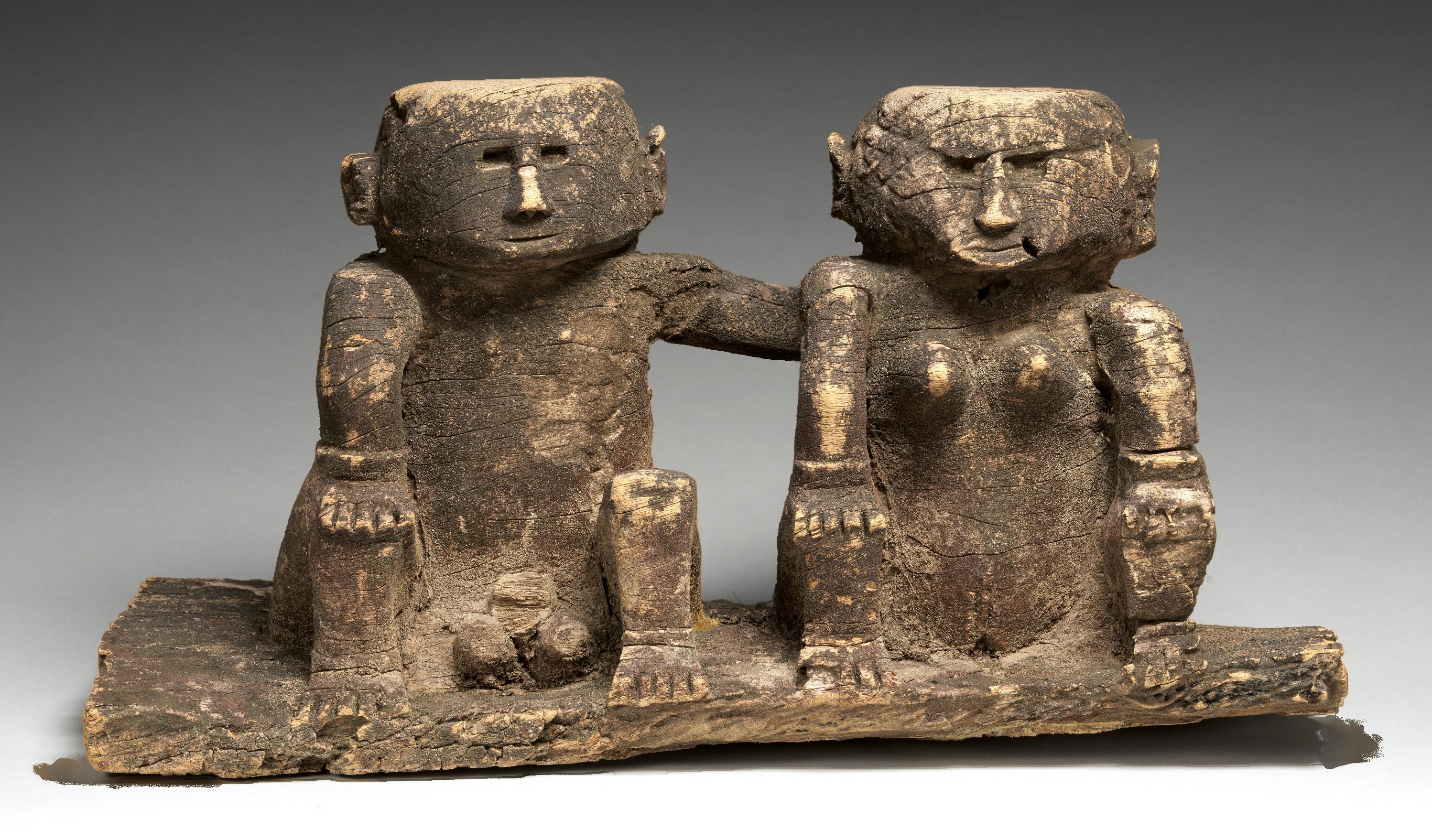 Ancestral Couple, wood, Flores Island, late 19th to early 20th century. (PHOTO PROVIDED TO CHINA DAILY)
Ancestral Couple, wood, Flores Island, late 19th to early 20th century. (PHOTO PROVIDED TO CHINA DAILY)
When asked about the significance of the exhibits, Maia Nuku, curator of Oceanic Art at the Met, said the Pacific Ocean, the largest and deepest ocean on the planet, is a deeply interconnected highway for islanders who live in the region and links and joins communities rather than separates them.
"Like the canoes that conveyed islanders to new homelands, the arts of Oceania are also vessels: a means to acquire knowledge or stage journeys into other realms. Ancestor figures, woven textiles, masks and shields — these varied and remarkable vessels serve as a focal point for ceremonies and rituals that guide important transitions across literal and spiritual borders," says Nuku.
Hollein adds: "These are works done on many thousands of islands … and they represent an idea of travel, of voyaging. Also, these objects root you to a place when islanders emigrate and settle on a new island. I think that's a certain spirit that resonates here with Chinese audiences."
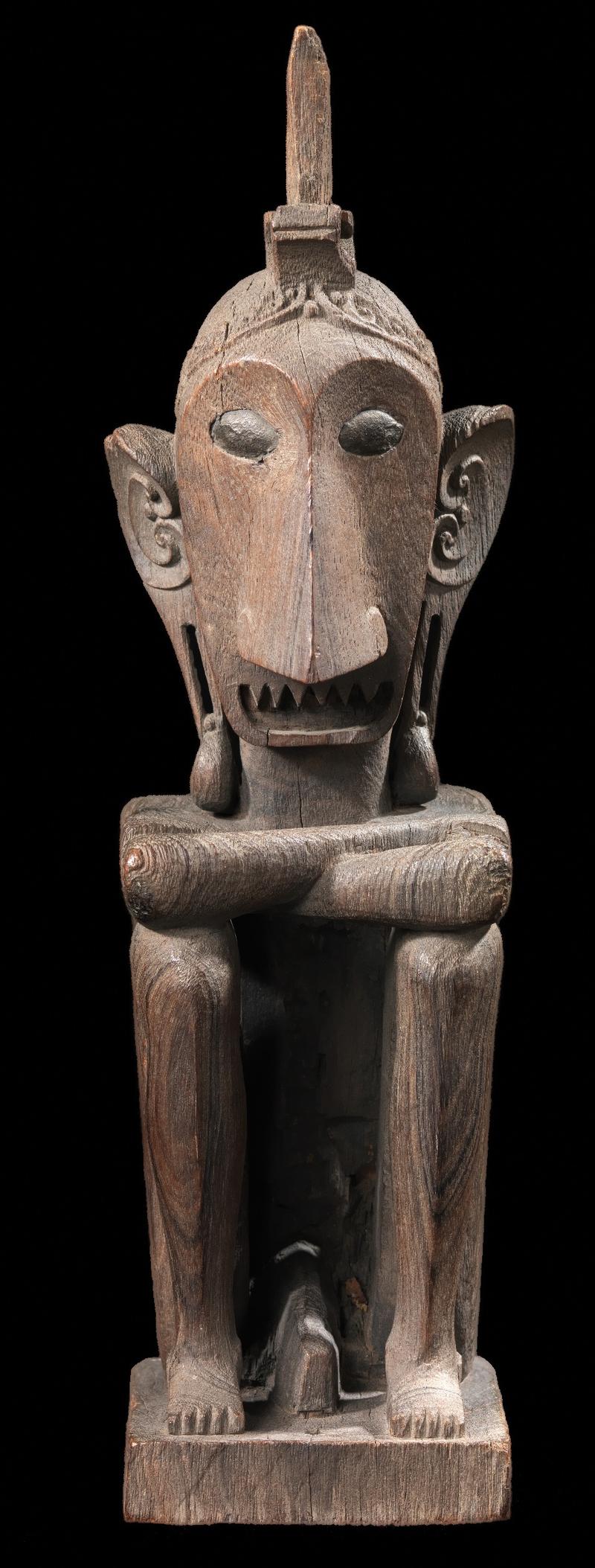 Ancestor Figure, wood, Leti Islands, 19th to early 20th century. (PHOTO PROVIDED TO CHINA DAILY)
Ancestor Figure, wood, Leti Islands, 19th to early 20th century. (PHOTO PROVIDED TO CHINA DAILY)
Born and raised in London, Nuku frequently travels to the region as her maternal relatives still reside there. Her interactions with these people have since taught her much about the culture of the Pacific region, which has a particular focus on respecting one's elders, humility, and understanding that one is part of a large genealogical lineage.
"I think Pacific people are very resilient in the 21st century because of this culture. It's in their DNA.This is why Pacific communities across Oceania hold on to their traditions, because they are just flowing through every generation," she says.
"The idea of the Pacific is like a very faraway distant place, but if you are in the Pacific, you are the center of your universe, and these connections are happening all the time. … I think many cultures do this. Many cultures have to work with modernity and keep evolving. It's useful to remember the way we were. In the Pacific, people still do this but I think every culture around the world has this."
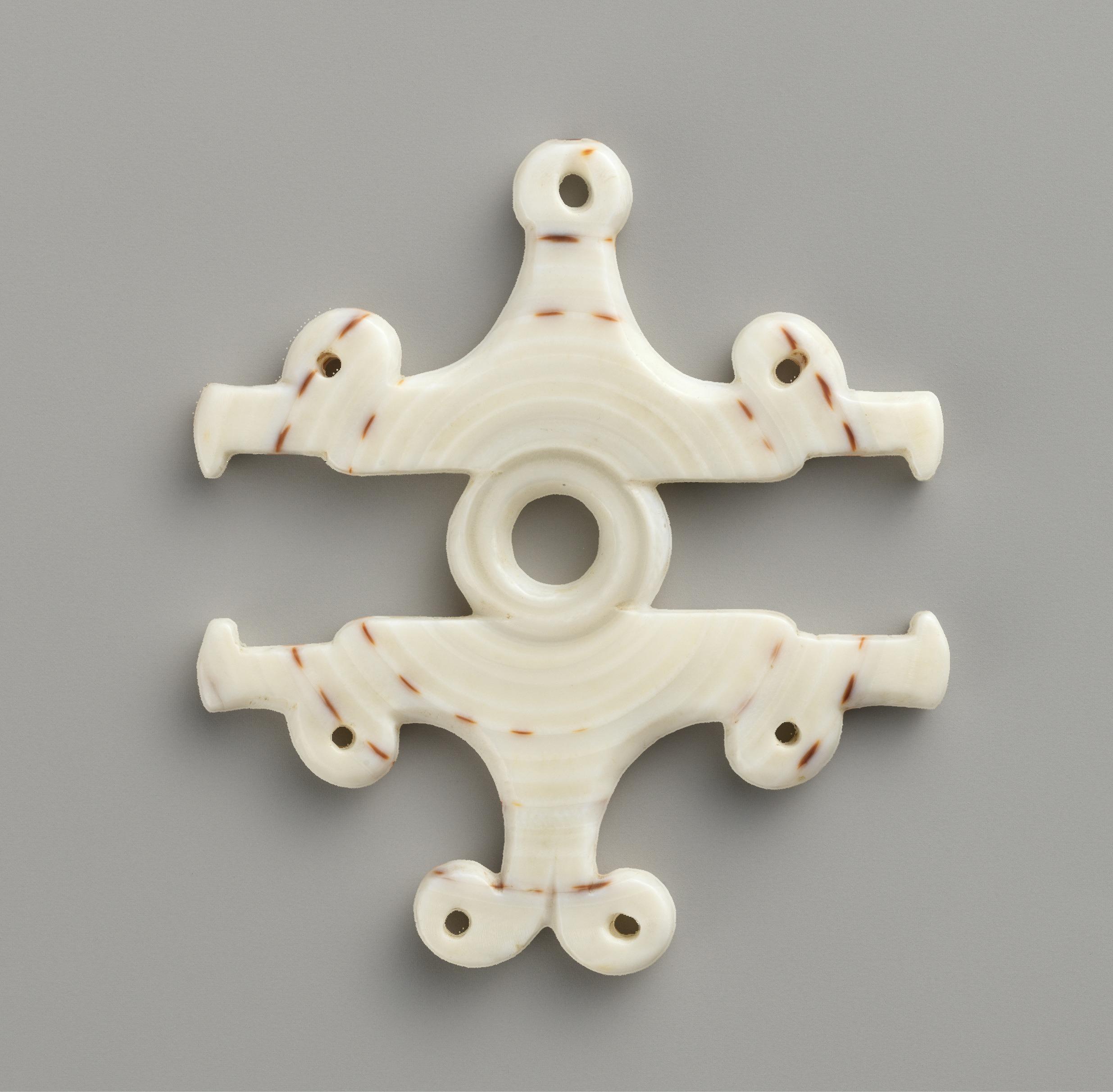 Pendant, Conus shell, New Georgia Islands, early to mid-20th century. (PHOTO PROVIDED TO CHINA DAILY)
Pendant, Conus shell, New Georgia Islands, early to mid-20th century. (PHOTO PROVIDED TO CHINA DAILY)
Nuku says that this perspective is especially important today, as the world is faced with problems such as the climate crisis that requires everyone to come together to tackle.
Nuku then spoke about her favorite object in the exhibition — a canoe prow from the Solomon Islands made of dark stained wood and featuring a pearl shell inlay. The prow, she notes, is an important item in this culture because the Solomon Islanders spend much of their time on the water and have to fish every day. The prow is also viewed as an object that keeps evil spirits at bay and ensures a safe fishing expedition and a good catch.
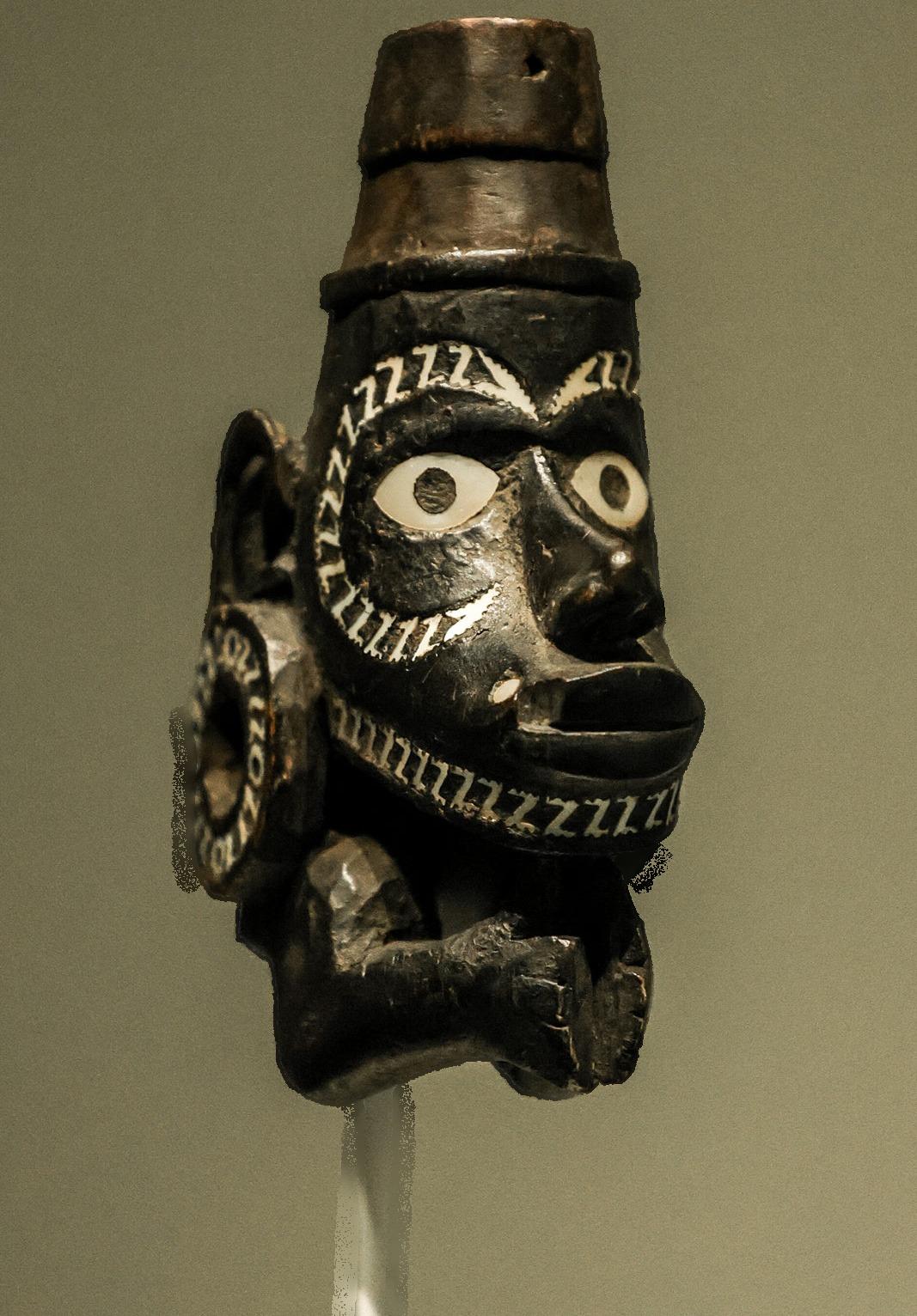 Canoe Figurehead, wood, paint, shell, Solomon Islands, late 19th to early 20th century. (PHOTO PROVIDED TO CHINA DAILY)
Canoe Figurehead, wood, paint, shell, Solomon Islands, late 19th to early 20th century. (PHOTO PROVIDED TO CHINA DAILY)
Nuku says she loves the piece because of the strong contrast that is created by the dark stained wood and the iridescent pearl shell.
"We have specially placed this object at one corner of the exhibition so its 'eyes' draw you in. When you view the prow from the other side, you come to realize that it has a really beautiful, handsome profile."
IF YOU GO
The Shape of Time: Art and Ancestors of Oceania from the Metropolitan Museum of Art
June 1-Aug 20, Monday-Sunday, 10 am-9 pm (last admission at 8 pm)
Museum of Art Pudong, 2777 Binjiang Avenue, Pudong New Area, Shanghai
400-820-8771
Contact the writer at zhangkun@chinadaily.com.cn


